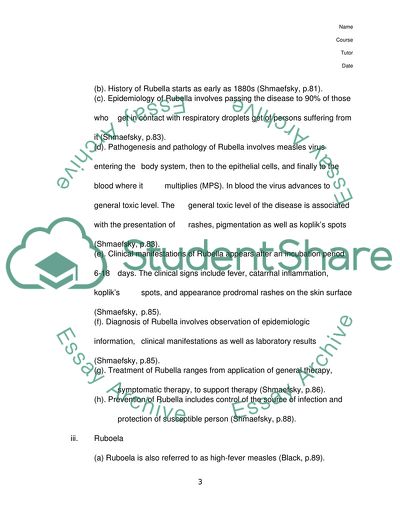Cite this document
(Rubella, Measles, and Mumps Literature review Example | Topics and Well Written Essays - 3250 words, n.d.)
Rubella, Measles, and Mumps Literature review Example | Topics and Well Written Essays - 3250 words. https://studentshare.org/history/1847782-measles-mumps-and-rubella
Rubella, Measles, and Mumps Literature review Example | Topics and Well Written Essays - 3250 words. https://studentshare.org/history/1847782-measles-mumps-and-rubella
(Rubella, Measles, and Mumps Literature Review Example | Topics and Well Written Essays - 3250 Words)
Rubella, Measles, and Mumps Literature Review Example | Topics and Well Written Essays - 3250 Words. https://studentshare.org/history/1847782-measles-mumps-and-rubella.
Rubella, Measles, and Mumps Literature Review Example | Topics and Well Written Essays - 3250 Words. https://studentshare.org/history/1847782-measles-mumps-and-rubella.
“Rubella, Measles, and Mumps Literature Review Example | Topics and Well Written Essays - 3250 Words”. https://studentshare.org/history/1847782-measles-mumps-and-rubella.


